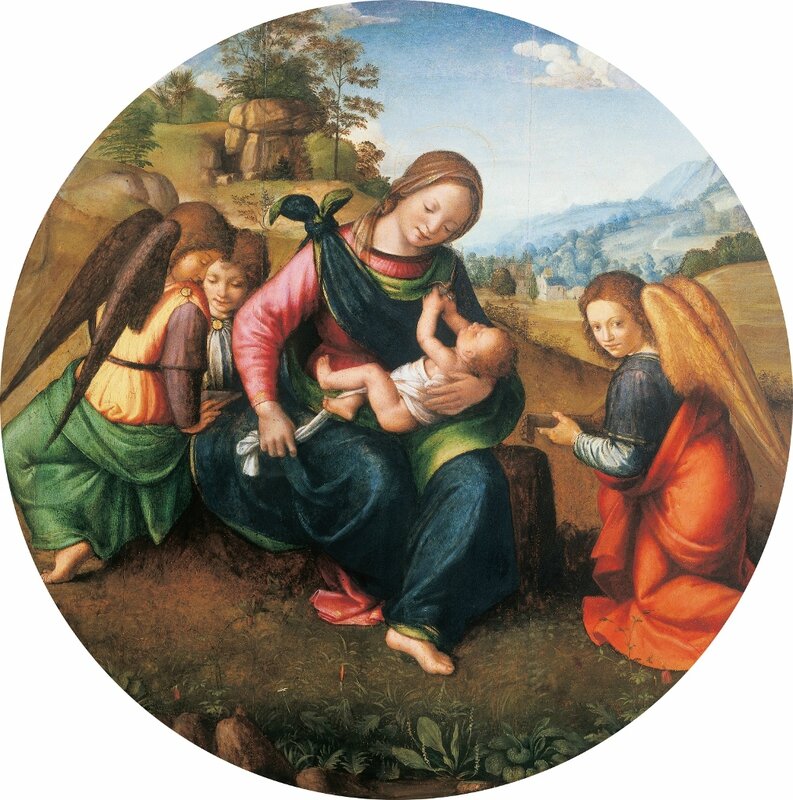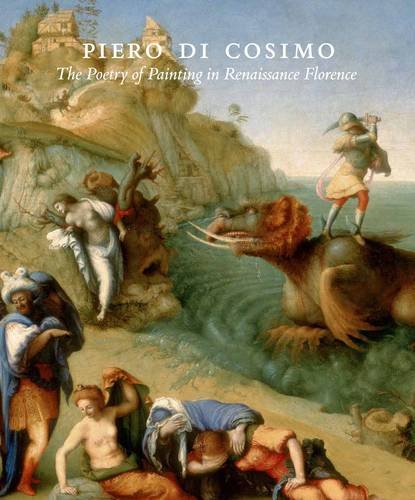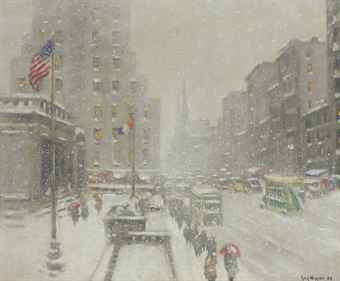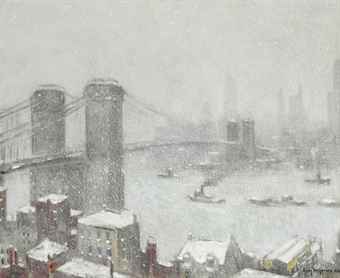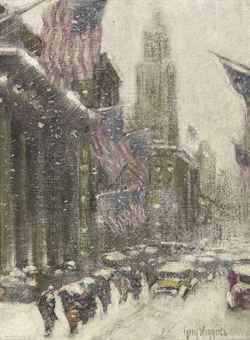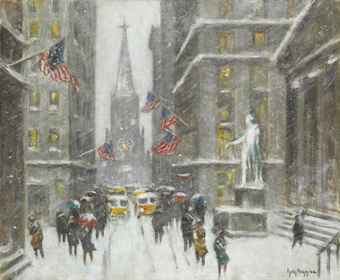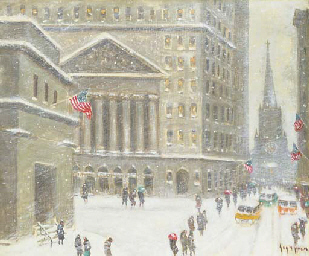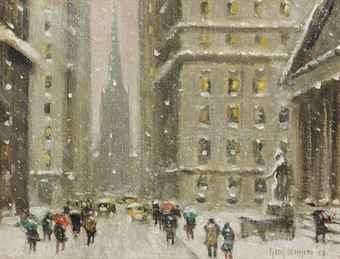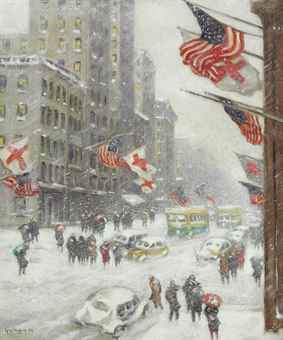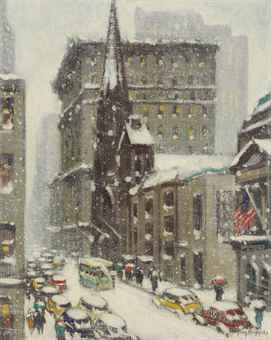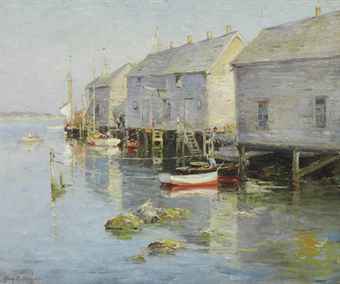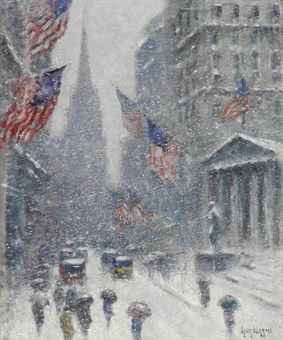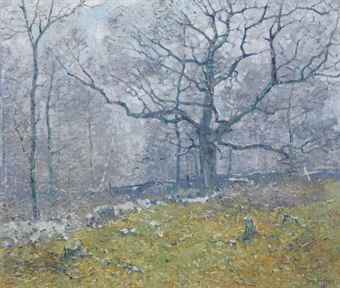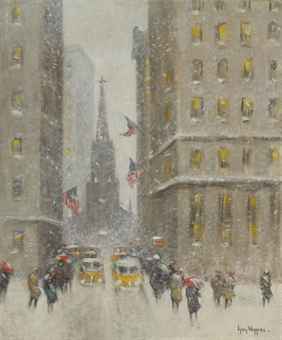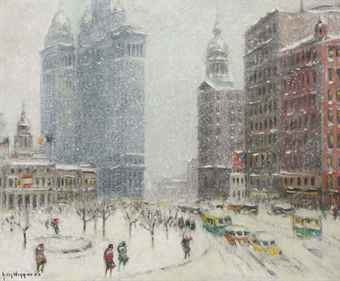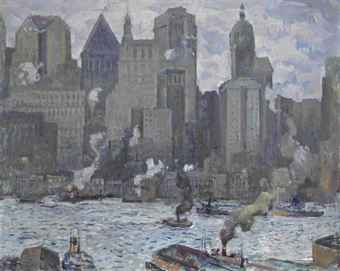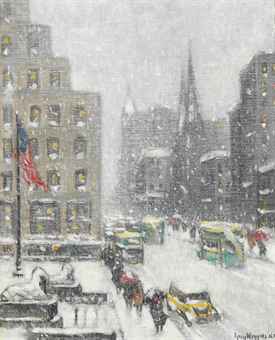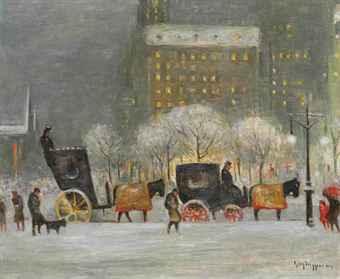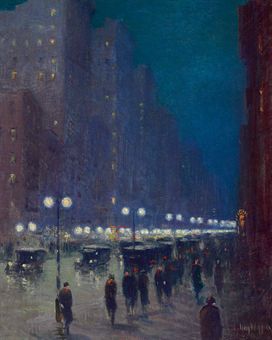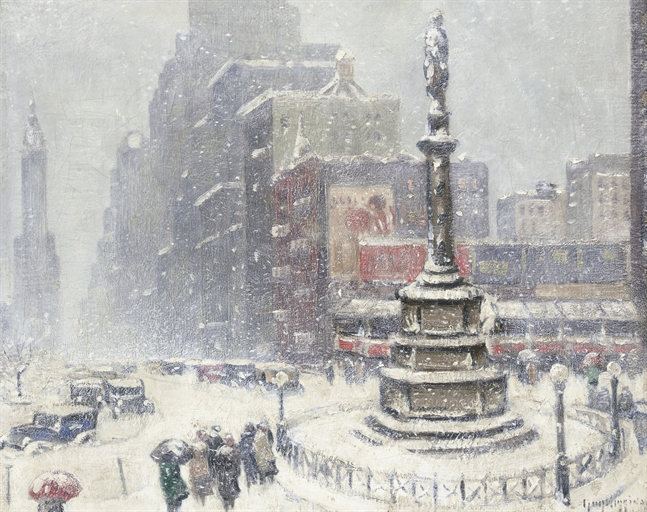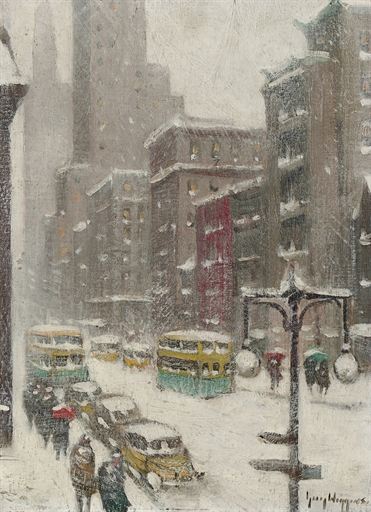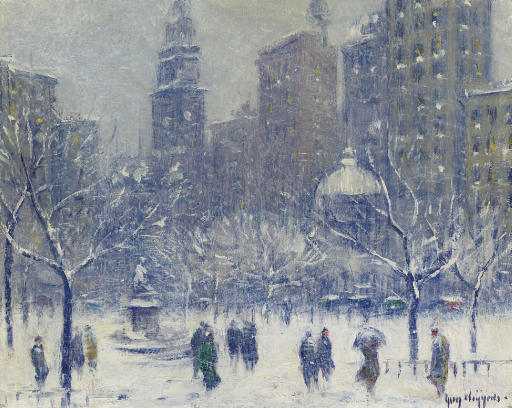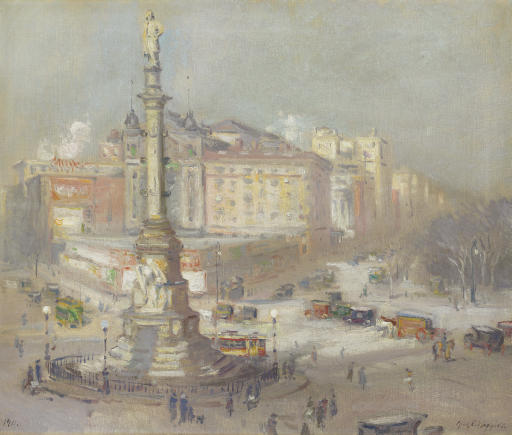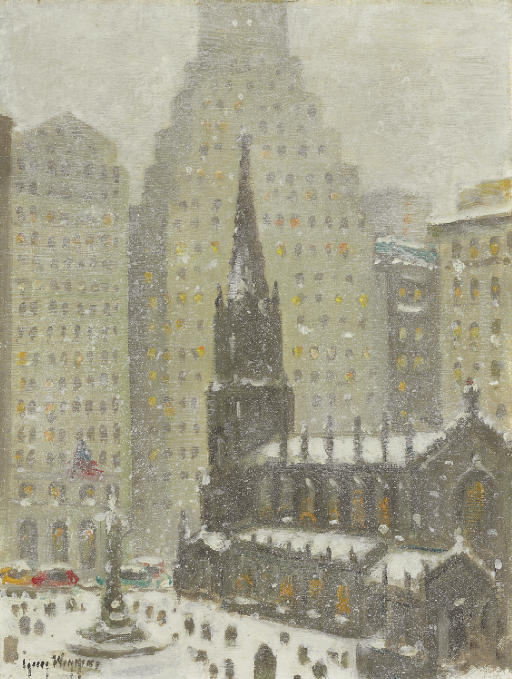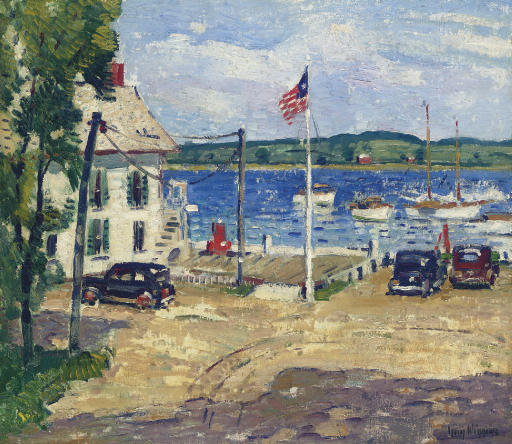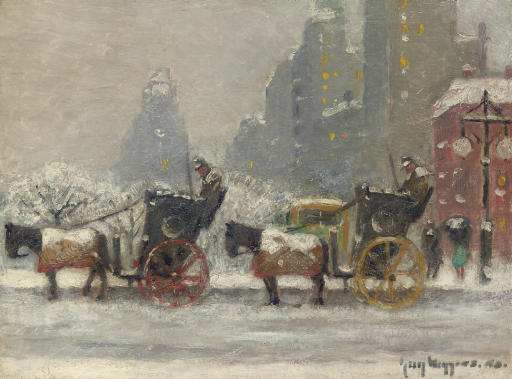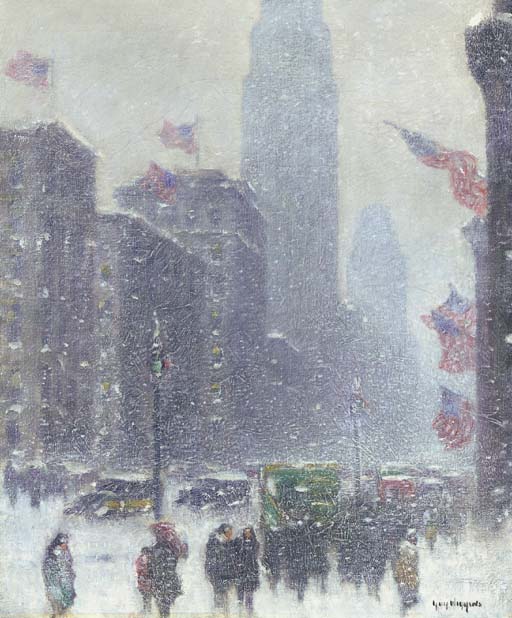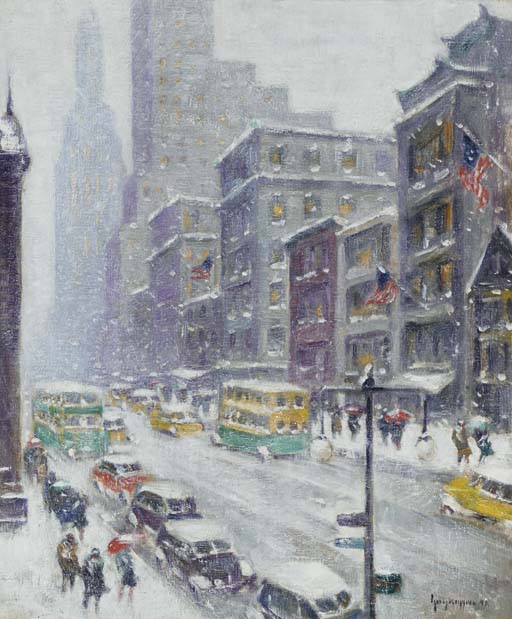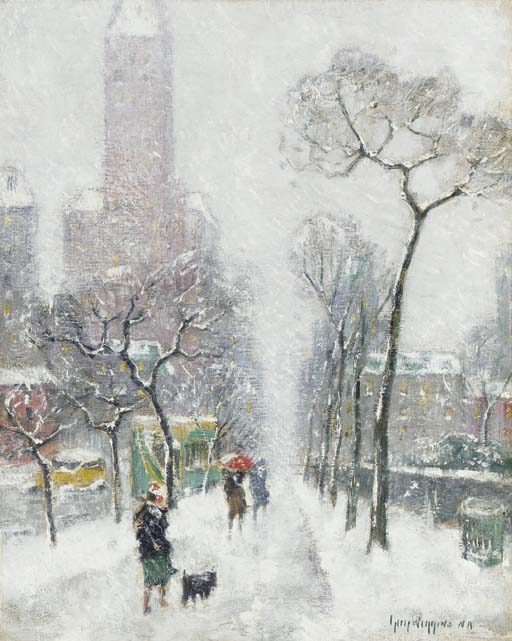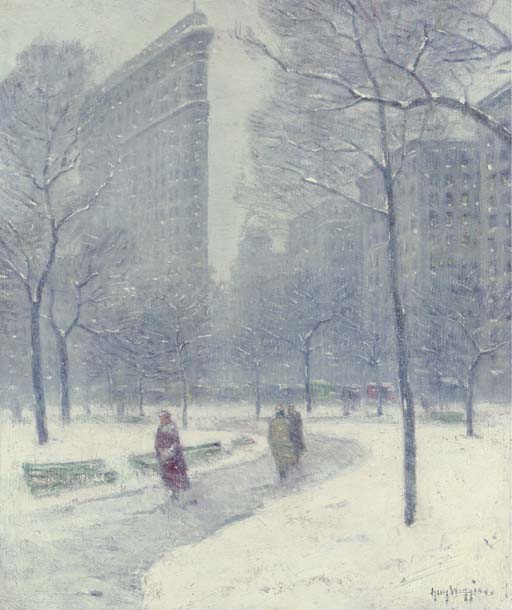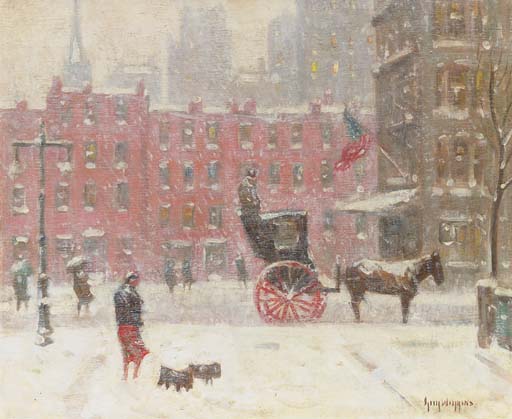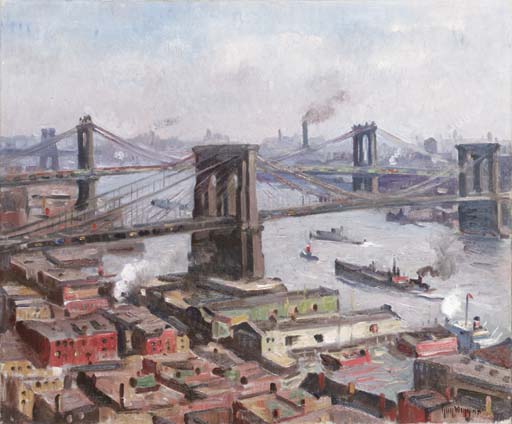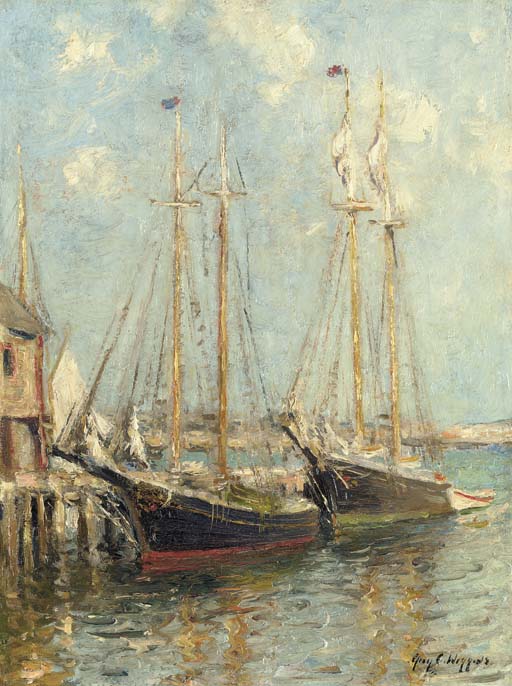February 25 through
May 17, 2015
Cervantes’s Don
Quixote is considered by many to be among the greatest works of fiction ever
written. From the publication in 1605 of the first of two volumes (the second
followed ten years later, exactly 400 years ago), the novel enjoyed immense
popularity. Reprints and translations spread across Europe, with the adventures
of the knight Don Quixote and his companion, Sancho Panza, captivating the
continental imagination and influencing both the performing and visual arts.
Coypel’s Don Quixote Tapestries:
Illustrating a Spanish Novel in Eighteenth-Century France is devoted to a series of tapestries
by Charles Coypel (1694−1752), painter to Louis XV, which illustrates
twenty-eight of the novel’s most celebrated episodes and woven at the Gobelins
Manufactory in Paris.
The exhibition
includes three Gobelins tapestry panels from the J. Paul Getty Museum in Los
Angeles and two Flemish tapestries inspired by Coypel from The Frick Collection,
which have not been on view in more than ten years.
These are joined by
five of Coypel’s original paintings (never before seen in New York), called
cartoons (from the Italian cartone), that were used as full-scale preparatory
designs for the tapestries, on loan from the Palais Impérial de Compiègne and
the Musée Jacquemart-André, Paris.
The series is
completed by eighteen prints and books from the Hispanic Society of America,
New York.
An accompanying
catalogue explores Coypel’s role in illustrating Don Quixoteand the
circumstances that made his designsthe most renowned pictorial interpretations
of the novel.
A rich program of
lectures, seminars, and salon evenings explores the history of the novel and
its 2influence on print, tapestry, film,
ballet, and opera from the seventeenth to the nineteenth centuries.
The exhibition is
organized by Charlotte Vignon, Curator of Decorative Arts, The Frick
Collection, and is made possible by The Florence Gould Foundation with
additional support from the Grand Marnier Foundation.
CHARLES COYPEL ROYAL
PAINTER TO LOUIS XV
Charles Coypel was
born into a family of distinguished French painters. Both his grandfather, Noël
Coypel (1628−1707), and his father, Antoine Coypel (1661−1722), were directors
of the prestigious Royal Academy of Painting and Sculpture, and, on several occasions,
also produced paintings to be reproduced as tapestries at the Gobelins
Manufactory. In 1715, Antoine was appointed First Painter to the King, a title
Charles would inherit in 1747.
In 1714, the young
Charles Coypel was asked to collaborate with the Gobelins Manufactory in what
would become one of its most celebrated series of tapestries: The Story of Don
Quixote. Between 1714 and 1734, he delivered twenty-seven paintings, and a last
one in 1751, just before his death.
Coypel is believed to
have selected the scenes and also determined the order in which he would paint
them. Eight cartoons illustrate episodes from the first part of the novel—in
which Don Quixote and Sancho Panza embark on foolish, often comical
adventures—while the remaining twenty paintings illustrate scenes from the
second part, in which the two protagonists evolve from buffoons to heroes.
For the selection of
scenes and compositions, Coypel was influenced by contemporary French theater.
By the early eighteenth century, numerous plays, ballets, and operas had retold
and interpreted the adventures of Don Quixote for both the court and the
popular audience. Coypel himself was a playwright, whose first two plays were
inspired by Cervantes’s novel. Though not a success, Don Quichotte—written when
Coypelwas only eighteen—demonstrates his familiarity with the tale. In 1720,
when Coypel was painting the cartoons for the Gobelins, he wrote a second
interpretation. Titled Les Folies de Cardenio, it was performed five times
before the court, with the young Louis XV participating in the ballet. For the
tapestry designs, Coypel created images of Don Quixote that would be familiar
to theatrical audiences. His characters use gestures and postures seen on
stage, and on several occasions, Coypel included a theater-like curtain.
THE STORY OF DON
QUIXOTE AT THE GOBELINS ROYAL MANUFACTORY
Founded in 1663, the
Gobelins Royal Manufactory produced sumptuous furnishings for the French king’s
residences and lavish diplomatic gifts that spread his glory to foreign courts.
Woven nine times
between 1717 and 1794, The Story of Don Quixoteis one of the Gobelins’s most
celebrated tapestry series. The number of panels and the selection of Coypel’s
scenes varied with each weaving. The first weaving (1717−19), for example,
included the first fifteen scenes painted by Coypel while the eight weaving
(1763−87) had sixty-seven panels, including three that are in the exhibition.
At least six panels
of the fifth weaving were hung in the 1750s in Louis XV’s apartments in the
Château de Marly. Others were presented as diplomatic gifts—like the three
Getty panels in the exhibition—or purchased by distinguished clients. A total
of about two hundred panels from The Story of Don Quixote were woven during the
eighteenth century. Each panel presents a central scene by Coypel framed by a
trompe-l’oeil carved and gilded wooden frame that appears to be hung on a wall
covered in yellow or red fabric. The scenes are surrounded by a decorative
border of flowers, animals, and other motifs related to the adventures of Don
Quixote. This border, known as an alentour, was originally designed by
Jean-Baptiste Belin de Fontenay père (1653−1717) and Claude Audran III
(1658−1734).
Unlike Coypel’s
scenes, which remained unchanged throughout the eighteenth century, the
alentour was modified on six occasions to adapt to new tastes and fashions. All
the versions, however, retain the initial idea of creating a highly decorative
border that could be shortened in length, as this allowed the tapestries to be
slightly adjustable in size, according to the taste or need of the owner.
Tapestries consist of
warps—fixed threads, usually of undyed wool—and colored wefts that are
interwoven with the base warp to create the image. The Don Quixote tapestries
were woven on high-warp looms, with the exception of the seventh weaving, which
was produced on low-warp looms. On high-warp looms, the warp threads were
stretched vertically. In order to weave an exact reproduction of the painted
scene, the cartoon was hung on a wall behind the weaver, who looked at the
reflection in a mirror placed on the wall in front of him. Only a few cartoons
have survived today, and most are in poor condition. Coypel’s Don Quixote scenes
are no exception. Because of their enduring success, the paintings needed to be
restored several times during the eighteenth century. Coypel’s hand is no
longer visible on the cartoons used for multiple weavings, but those woven only
once or twice—such as the examples presented in the exhibition—show most of
their original surface.
THE ENDURING SUCCESS
OF CHARLES COYPEL’S STORY OF DON QUIXOTE“
I’ll wager that
before long there won’t be a tavern, an inn, a hostelry, or a barbershop where
the history of our deeds isn’t painted.”
Uttered by Sancho Panza,
these boastful words would prove prophetic. Charles Coypel’s paintings gained
wide exposure and additional fame from a series of twenty-five black-and-white
engravings made between 1723 and 1734 under his personal direction.(Fourteen
are included in the exhibition.)
Printmakers worked
from preparatory drawings made by Coypel after his own paintings, which
explains the inscription Coypel invenit, (designed by Coypel) rather than Coypel
pinxit (painted by Coypel) at the lower left of each plate. Accessible to only
a few wealthy patrons, the tapestries remained luxury items throughout the
centuries while the engravings were affordable to a larger public. Thousands of
sheets were printed and sold individually or in folios. Reproduced and reduced
in size, the prints also illustrated other editions of Cervantes’s novel, not
only in French but in English and Dutch as well. In 1746, the engravings after
Coypel even became a substitute for Cervantes’s words in the lavish book of the
Dutch publisher Pieter de Hondt, who cut part of the novel to accommodate the
large plates. Four of these early editions are on view.
With this series of
engravings, Coypel became the most influential eighteenth-century illustrator
of Cervantes’s novel. Throughout the eighteenth century, Coypel’s designs
continued to influence tapestry production in France and abroad. Around
1730−45, the Brussels workshop of Peter van den Hecke produced a series of
eight tapestries illustrating Don Quixote, with six of them inspired by
engravings after Coypel, two of which belong to The Frick Collection.
Visually different
from the Gobelins Don Quixote tapestries, the scenes cover the entire surface
of the tapestry panel and are surrounded by a simple border that simulates a
carved and gilded frame. The designer of the cartoons, Philippe de Hondt,
created the new compositions by adapting, or combining, elements from
engravings after Coypel. Working within a Flemish tradition, de Hondt
transposed Coypel’s figures to a village scene recalling pictures by David
Teniers the Younger rather than setting his figures on an eighteenth-century
French stage. Appreciated abroad, seven Van den Hecke panels, including the two
Frick tapestries, were acquired by the French court in 1748, when the same
court was sponsoring the production of the Gobelins Don Quixote tapestries. A
year later, the Flemish tapestries were displayed at the Château de Compiègne
in the study of Louis, Dauphin of France, son of Louis XV.With these two
Flemish tapestries, the exhibition brings Coypel’s designs full circle—from the
original cartoons to the woven Gobelins tapestries to reproductions in prints
and books and later tapestries from the workshop of Peter van den Hecke.
PUBLICATION
The exhibition is
accompanied by an illustrated catalogue written by Charlotte Vignon, the
Frick’s Curator of Decorative Arts, with a forward by
acclaimed literary translator Edith Grossman.
Images
1.Workshop of Peter
van den Hecke (Flemish, 1680−1752)after Philippe de Hondt(Flemish,
1683−1741)Arrival of the Shepherdesses at the Wedding of Camacho,1730−45
(before 1748)Wool and silk10 feet 3 inches x 18 feet 3 inches The Frick
Collection, New York (1965.10.20)Photo: Michael Bodycomb
1a.Workshop of Peter
van den Hecke (Flemish, 1680−1752)after Philippe de Hondt (Flemish,
1683−1741)Arrival of the Shepherdesses at the Wedding of Camacho
(detail),1730−45 (before 1748)Wool and silk10 feet 3 inches x 18 feet 3 inches
The Frick Collection, New York (1965.10.20)Photo: Michael Bodycomb
1b.Workshop of Peter
van den Hecke (Flemish, 1680−1752)after Philippe de Hondt (Flemish,
1683−1741)Arrival of the Shepherdesses at the Wedding of Camacho
(detail),1730−45 (before 1748)Wool and silk10 feet 3 inches x 18 feet 3 inches
The Frick Collection, New York (1965.10.20)Photo: Michael Bodycomb
1c. Workshop of Peter
van den Hecke (Flemish, 1680−1752)after Philippe de Hondt (Flemish,
1683−1741)Arrival of the Shepherdesses at the Wedding of Camacho
(detail),1730−45 (before 1748)Wool and silk10 feet 3 inches x 18 feet 3 inches
The Frick Collection, New York (1965.10.20)Photo: Michael Bodycomb
2.Workshop of Peter
van den Hecke(Flemish, 1680−1752)after Philippe de Hondt (Flemish,
1683−1741)Sancho Departs for the Island of Barataria, 1730−45 (before 1748)Wool
and silk10 feet 4 inches x 19 feet 5 inches The Frick Collection, New York
(1965.10.21)Photo: Michael Bodycomb
2a. Workshop of Peter
van den Hecke (Flemish, 1680−1752)after Philippe de Hondt (Flemish,
1683−1741)Sancho Departs for the Island of Barataria (detail), 1730−45 (before
1748)Wool and silk10 feet 4 inches x 19 feet 5 inches The Frick Collection,New
York (1965.10.21)Photo: Michael Bodycomb
2b.Workshop of Peter
van den Hecke (Flemish, 1680−1752)after Philippe de Hondt (Flemish,
1683−1741)Sancho Departs for the Island of Barataria (detail), 1730−45 (before
1748)Wool and silk10feet 4 inches x 19 feet 5 inchesThe Frick Collection, New
York (1965.10.21)Photo: Michael Bodycomb
2c.Workshop of Peter
van den Hecke (Flemish, 1680−1752)after Philippe de Hondt (Flemish,
1683−1741)Sancho Departs for the Island of Barataria (detail), 1730−45 (before
1748)Wool and silk10 feet 4 inches x 19 feet 5 inches The Frick Collection, New
York (1965.10.21)Photo: Michael Bodycomb
3.Gobelins Tapestry
Manufactory (French) under the direction of Michel Audran (French, 1701−1771)
and his son Jean Audran fils(French, d. 1794)Main scene after Charles Coypel
(French, 1694−1752); alentours after Claude Audran III (French, 1658−1734),
Jean-Baptiste Belin de Fontenay fils(French, 1668−1730), and Alexandre-François
Desportes (French, 1661−1743)The Cowardice of Sancho at the Hunt, 1772 Wool and
silk; modern cotton support straps and lining12 feet 1 inch x 13 feet 4 inches The
J. Paul Getty Museum, Los Angeles (82.DD.69)

4.Gobelins Tapestry
Manufactory (French) under the direction of Michel Audran (French, 1701−1771)
and his son Jean Audran fils(French, d. 1794)Main scene after Charles Coypel
(French, 1694−1752); alentoursafter Claude Audran III (French, 1658−1734),
Jean-Baptiste Belin de Fontenay fils(French, 1668−1730), and Alexandre-François
Desportes (French, 1661−1743)Sancho Arrives on the Island of Barataria, 1772
Wool and silk; modern cotton support straps and lining12 feet 1 inch x 13 feet
7 inchesThe J. Paul Getty Museum, Los Angeles (82.DD.68)

5.Gobelins Tapestry
Manufactory (French) under the direction of Michel Audran (French, 1701−1771)
and his son Jean Audran fils(French, d. 1794)Main scene after Charles Coypel
(French, 1694−1752); alentours after Claude Audran III (French, 1658−1734),
Jean-Baptiste Belin de Fontenay fils(French, 1668−1730), and Alexandre-François
Desportes (French, 1661−1743)Don Quixote Delivered from Folly by Wisdom,
1773Wool and silk; modern cotton support straps and lining12 feet 2 inches x 12
feet 8 inches The J. Paul Getty Museum, Los Angeles (82.DD.66)
6.Charles Coypel
(French, 1694−1752)Asleep, Don Quixote Fights the Wineskins, 1716Oil on
canvas48 x 50 3/8 inches Palais Impérial de Compiègne; long-term loan from the
Musée du Louvre, Paris (3560)Photo:©RMN-Grand Palais / Art Resource, NY
7.Charles Coypel
(French, 1694−1752)The Distressed Countess Trifaldi, Afflicted by Her Beard,
Implores Don Quixote toAvenge Her, probably 1716Oil on canvas48 3/8 x 51
inchesPalais Impérial de Compiègne; long-term loan from the Musée du Louvre,
Paris (3575)Photo: ©RMN-Grand Palais / Art Resource, NY
8.Charles Coypel
(French, 1694−1752)Don Quixote at Don Antonio Moreno's Ball, 1731Oil on
canvas65 3/8 x 105 1/8 inches Palais Impérial de Compiègne; long-term loan from
the Musée du Louvre, Paris (3566)Photo: ©RMN-Grand Palais / Art Resource, NY
9.Charles Coypel(French,
1694−1752)Don Quixote Consults the Enchanted Head at the House of Don Antonio
Moreno, 1732 Oil on canvas621/4x 71 7/8 inchesPalais Impérial de Compiègne;
long-term loan from the Musée du Louvre, Paris (3584)Photo: ©RMN-Grand Palais /
Art Resource, NY
10.Charles Coypel
(French, 1694−1752)Don Quixote Served by the Girls of the Inn, 1751Oil on
canvas22 7/8 x 28 3/8 inches Musée Jacquemart-André, Paris —Institut de France
(MJAP-P 2379)Photo: © Studio Sébert Photographes


.jpg)







